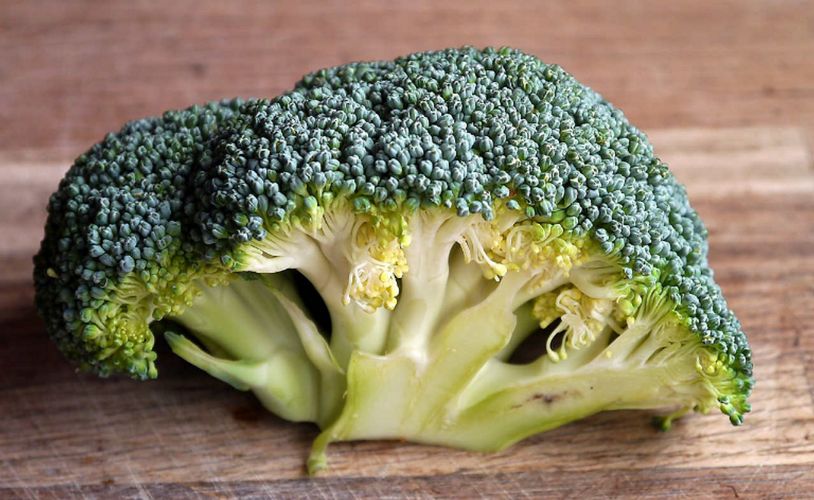You’re at the supermarket and looking to find the one solution to fix your fatigue but there are so many supplements to choose from. Maybe you’ve already tried a B-complex without success and are frustrated that nothing seems to be working. When you’ve tried something and it hasn’t worked for you, how about addressing your fatigue from a different angle.
Energy can come from many sources: light, food, water, rest, and even singing in the rain or stopping to smell the roses. The point is, that the problem of fatigue needs to be tackled from different places. One not so obvious place to start is by addressing energy at the cell level and it starts with CoQ10.
So what the heck is CoQ10?
- It provides the Lego pieces (electrons) needed to make the ultimate energy source: ATP. - Every cell in our body contains organelles. Each organelle has it’s own function. The nucleus houses our DNA and the mitochondria makes ATP. We eat CoQ10 rich foods that get digested, absorbed, and delivered to the most active parts of our body first, like our heart, brain, and muscles, because these organs require MORE ENERGY. Naturally, the body delivers CoQ10 to these areas because it will be delivered straight to our cell membranes not only for protection but also to the Mitochondria for ATP production.
- It’s a powerful anti-oxidant
- Protects against cellular damage
What is CoQ10 Commonly used for?
- Fatigue
- Anything to do with the heart and blood vessels
- Brain and nerve health
Supplementation
- Commonly found at Ubiquinone or Ubiquinol
- It is usually well tolerated at dosages between 30 – 200 mg.
- I suggest taking 100 mg 3x/day
Food Rich in CoQ10
- Fresh Sardines
- Mackerel
- Tuna
- Beef
- Eggs
- Lamb
- Liver
- Peanuts
- Pork
- Broccoli
- Spinach
- Wheat Germ
- Whole Grains













